This 15-minute Pilates workout can help strengthen your core without a single sit-up
Feel stronger and leaner in just a few weeks with this 15-minute Pilates workout, led by a certified Pilates instructor
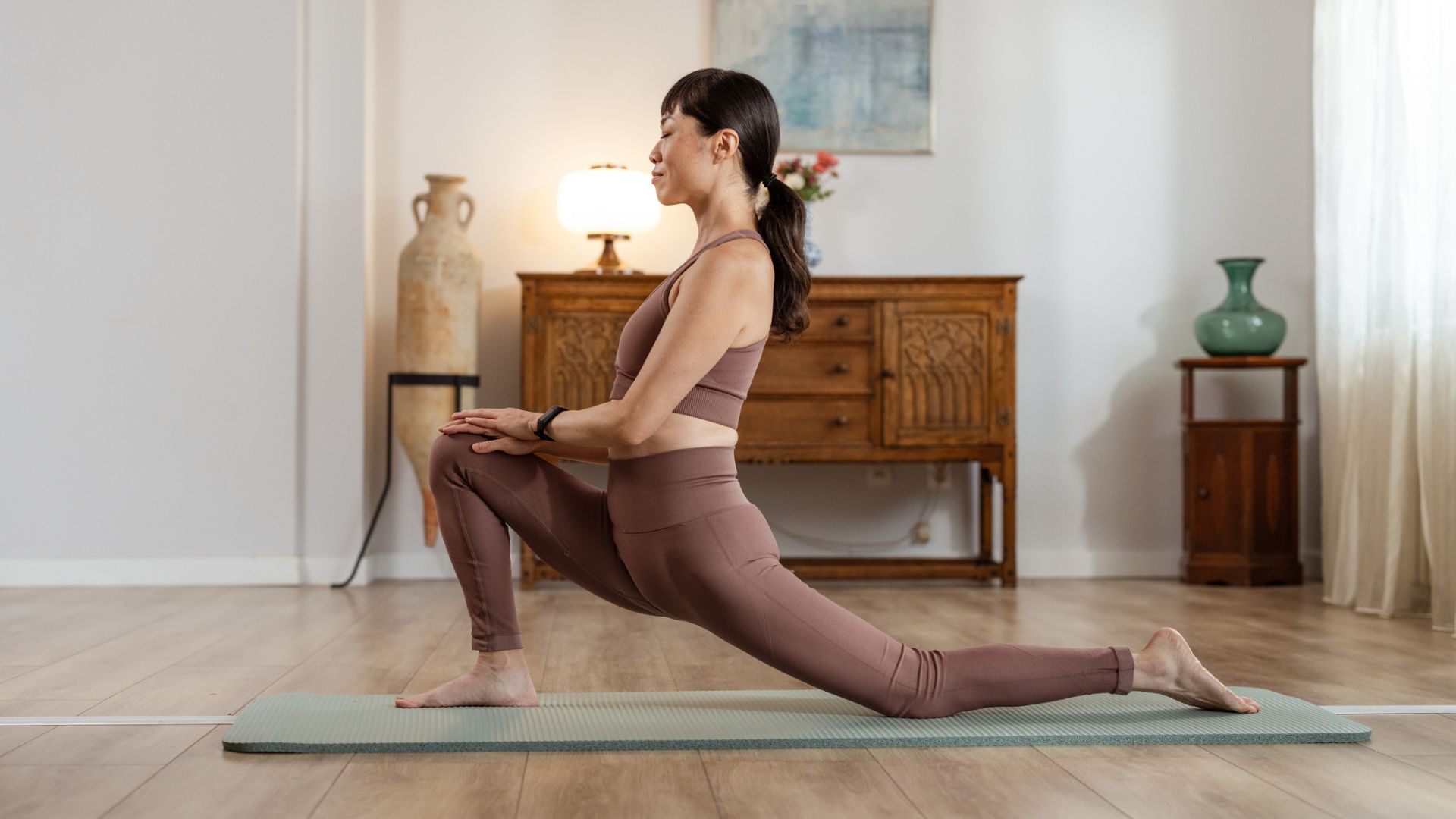
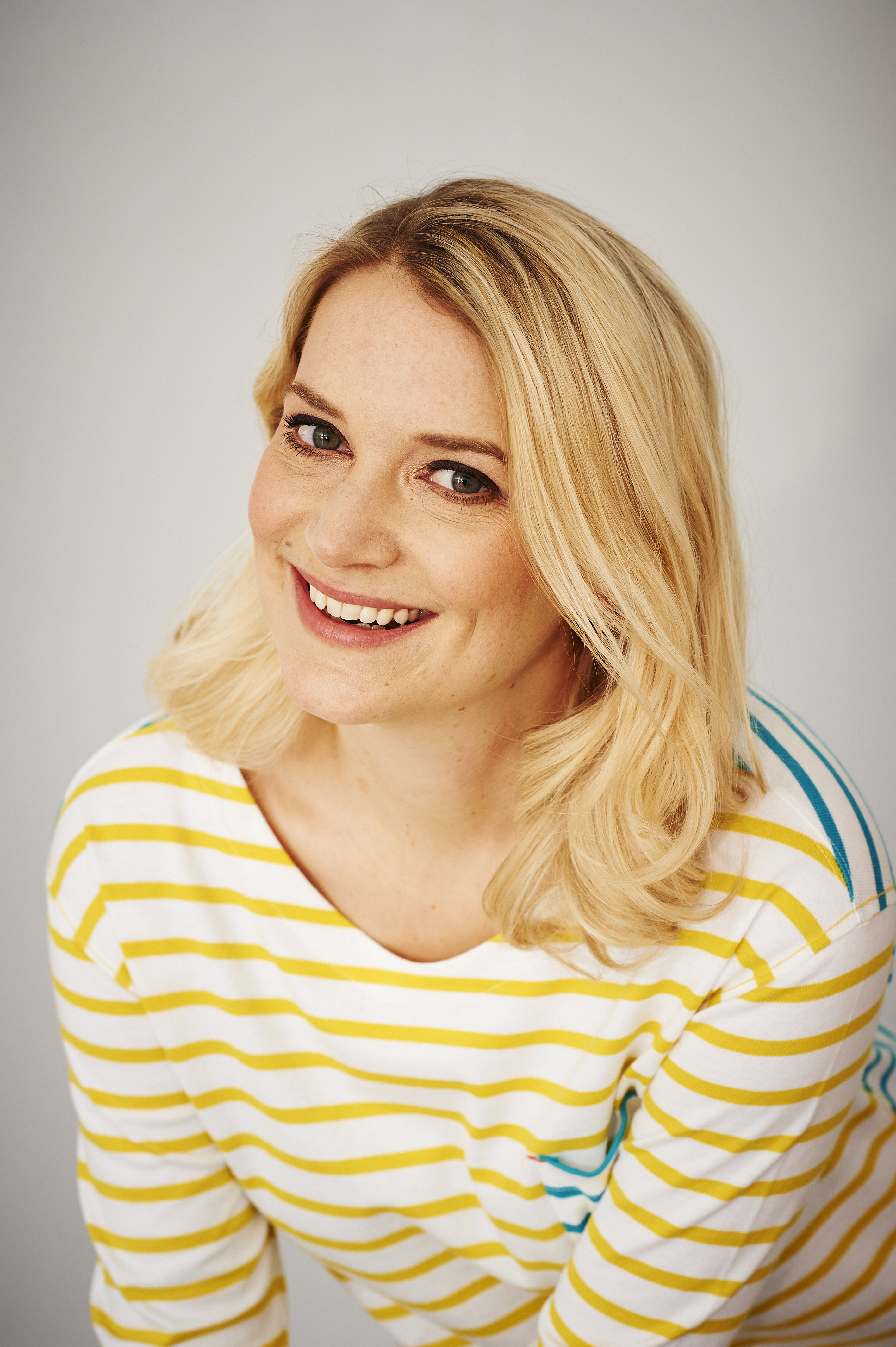
You don't need to spend hours breaking a sweat to get into shape this year - a 15-minute Pilates workout will do. It's an excellent workout for targeting every inch of your body, from the tip of your toes to the top of your head.
Pilates is a low-intensity, low-impact exercise that's ultra-effective at strengthening and toning muscles and improving posture and flexibility, without putting stress or pressure on the joints. You don't need any equipment either - dig out your pick of the best thick yoga mats from the cupboard and get going.
"Pilates exercises are focused on small, repetitive movements that achieve maximum results - and it's accessible for all ages and fitness levels, helping to future-proof the body to avoid injury as we get older," says Louise Buttler, a certified Pilates teacher and the founder of Live Brave. Ready to get to grips with the basics of Pilates for beginners and do a full Pilates abs workout? Try these moves to get started.
15-minute Pilates workout
The Moves
Do these with precision and control. "With each exercise, you’ll activate every muscle, ligament and tendon in the body," says Buttler.
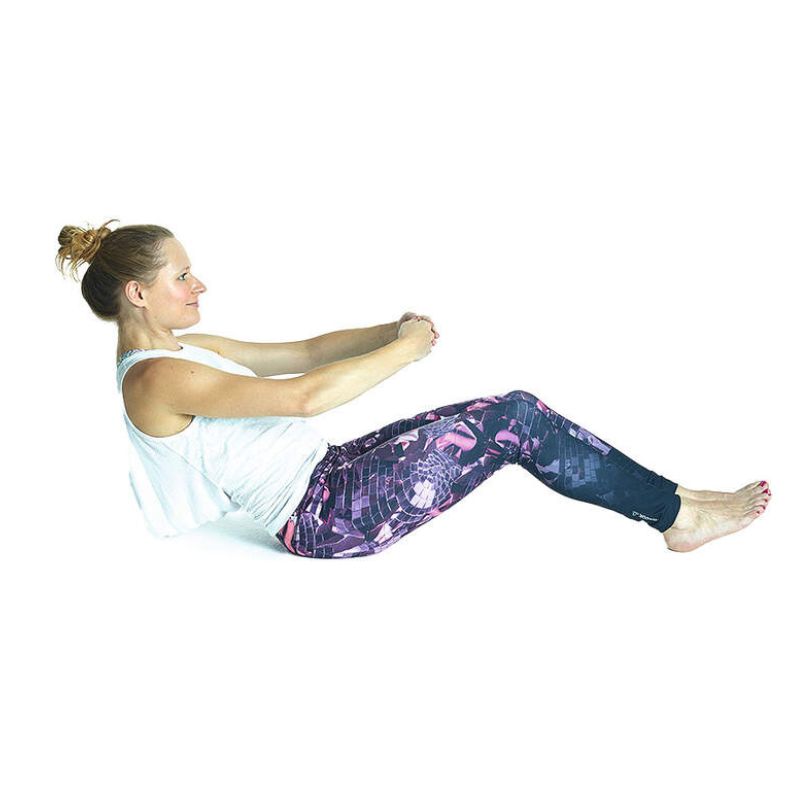
Sit with knees bent, feet on the floor and hip-width apart. Stretch arms out in front of you, hands touching. Inhale, lift spine, then exhale and round the spine as you roll back. Inhale, then exhale to bring you back to the start.
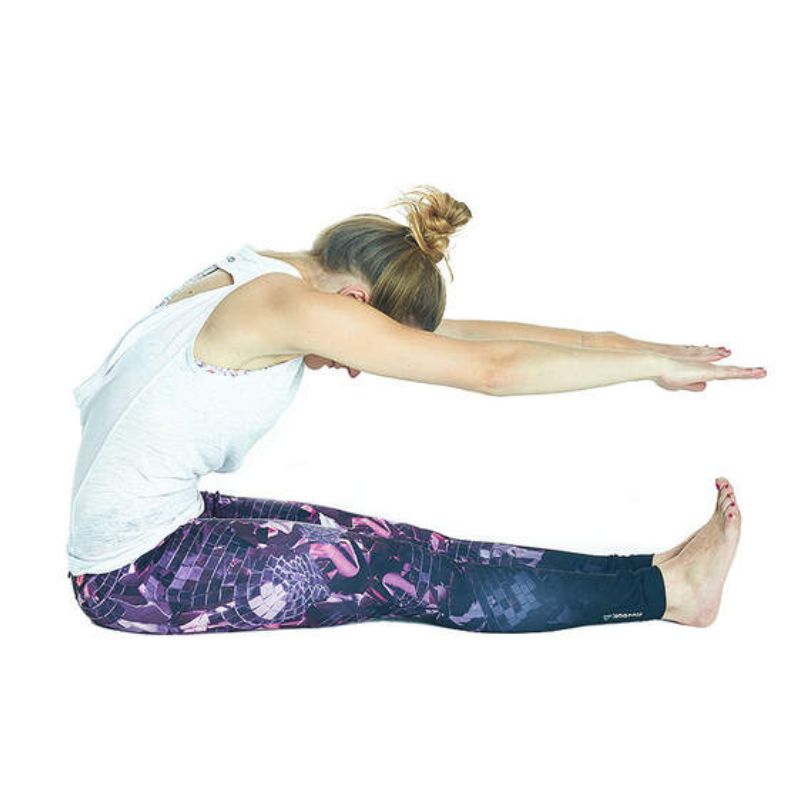
Sit tall, legs extended out in front of you, slightly wider than hip-width. Extend arms at shoulder width in front of your body, keeping feet flexed. Inhale as you lift tall, exhale as you draw chin to chest, reaching forward over an imaginary ball to create a C-curve. Inhale as you re-stack your spine and exhale as you return to the start.
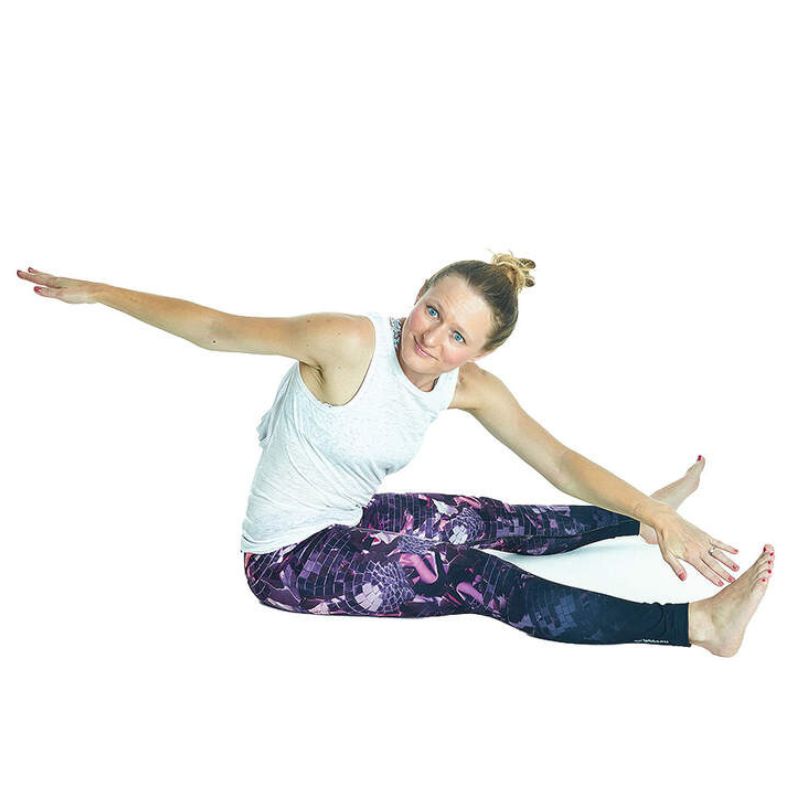
Set up as ‘spine stretch forward’, but extend arms out to side. Inhale as you draw the abdominal muscles in and up, lifting through the spine. Exhale slowly as you twist the waist to the left, with hips remaining square and grounded. Inhale as you draw the body back to centre. Repeat on other side.
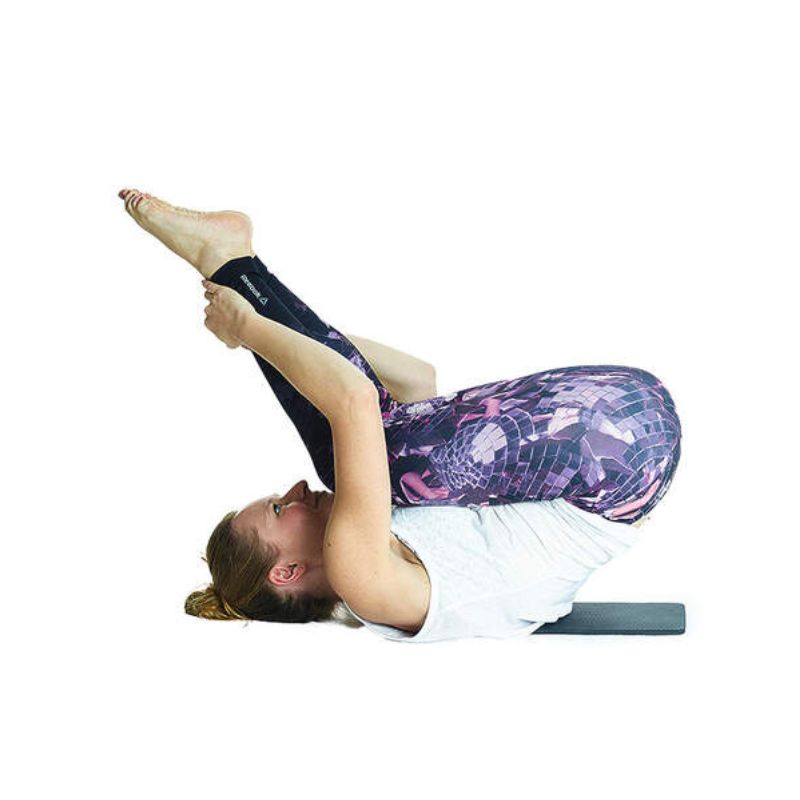
Sit with knees bent to chest, knees slightly apart and heels together. Lift the feet off the ground, while lightly holding on to the ankles (or underneath the knees for more support). Inhale, drawing belly button to spine, creating a C-curve, then exhale. Inhale, roll back, massaging the spine. Exhale to roll back up. Try to keep the feet hovering above the floor.
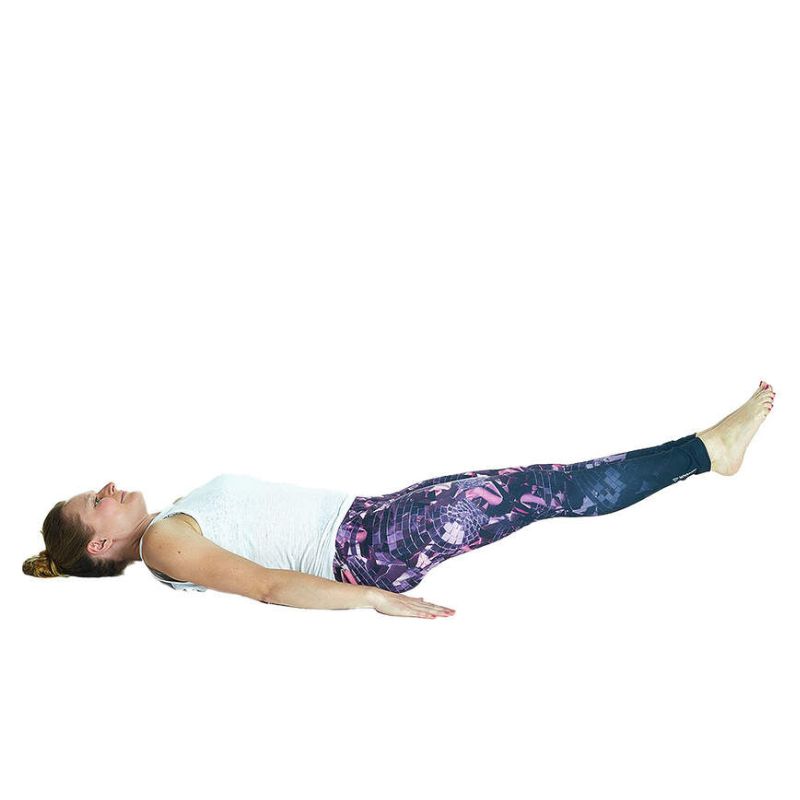
Place hands by sides (or in diamond position underneath tailbone if you have back sensitivity). Lift legs to 90 degrees (if too tight, open the legs slightly apart with heels together in a diamond position). Lower legs down for one count, then up for one count.
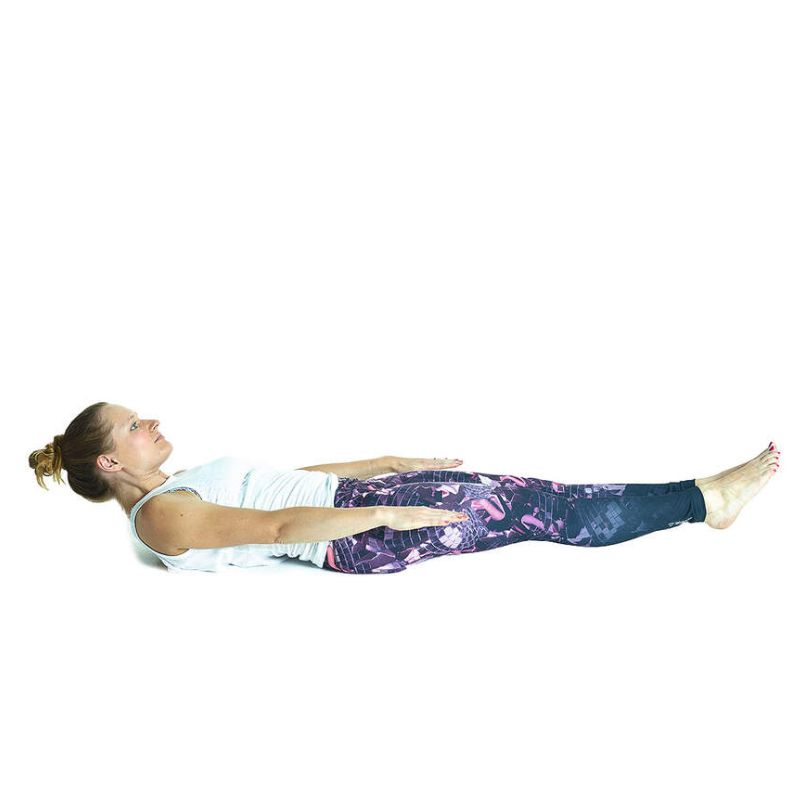
Lie on your back, arms alongside body, palms down. Inhale as you lift head and eyes towards belly button. Exhale, sinking belly button into spine. Extend legs to 45 degrees, pump arms up and down as you inhale for 5 counts, then exhale for 5. Build up to repeat the sequence 10 times. Bend knees into chest, lower head. Keep head down if your have neck or back problems.
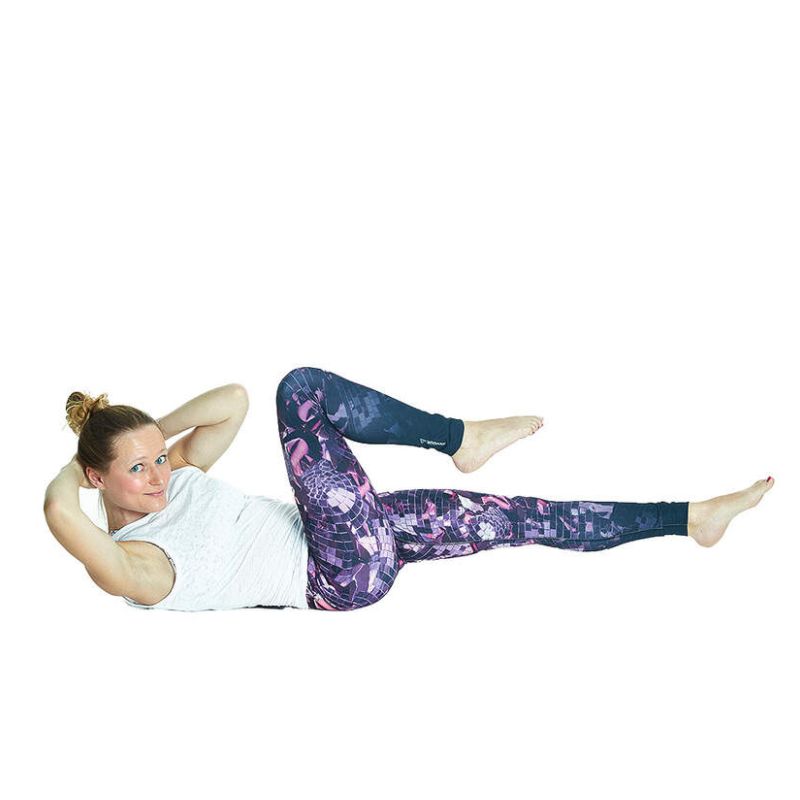
Lie on your back, knees bent into chest. Place hands behind head with elbows extended out to the sides. Lift head and shoulders. Extend right leg out in front, maintaining flat back. Simultaneously twist upper body, reaching right shoulder to the left knee. Return to the centre, rotate to the other side
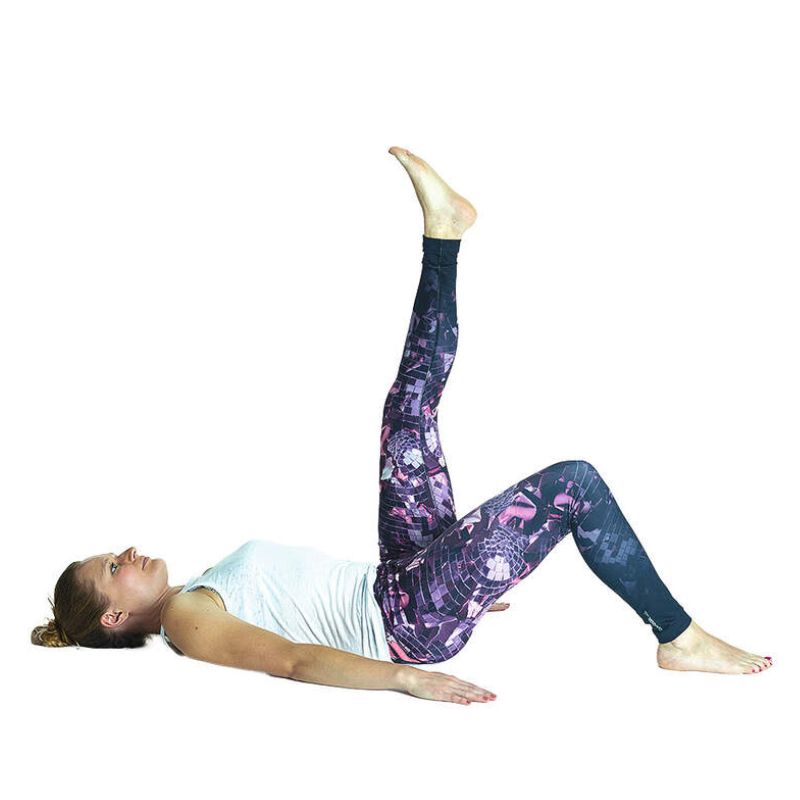
Lie on your back, and sink your belly button to the floor. Draw leg to chest, then extend up to the ceiling, while keeping the other leg at 45 degrees (foot on the floor). Inhale, and circle your extended leg clockwise. Exhale, lower the leg down towards the centre line in a circling motion. Reverse and repeat.
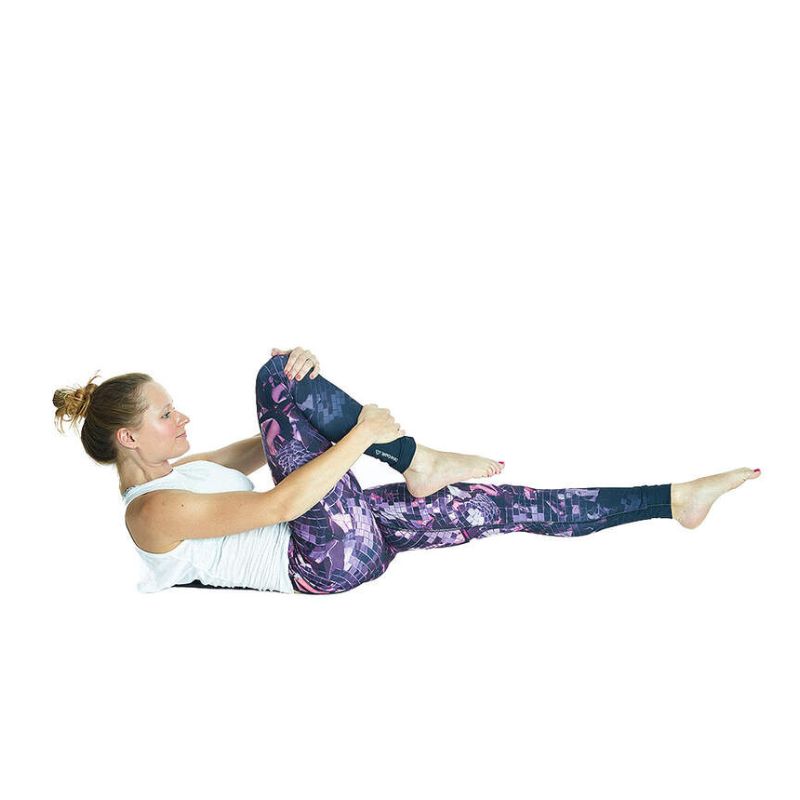
Lie on your back, and draw the right knee into the chest with both hands placed on the leg and the head lifted (if comfortable). Keeping the tailbone anchored to the floor, extend the left leg to 45 degrees (90 if you have back sensitivity). Inhale, change legs, exhale and repeat on the other side.
How to engage your core
To recognise how and when to engage your core during Pilates, Buttler recommends lying on your back with your legs bent and your feet flat on the floor, in line with your hip bones. Inhale with a neutral spine. On the exhale, tilt your hip bones towards your head and suck in your belly, zipping up the pelvic floor muscles. This is when your core is engaged.
The core is known as the 'powerhouse' in Pilates. "Lying at the centre of your body, it’s where the solid foundations of your strength are found, but many of us don’t know how to engage it," says the instructor. "A weak core can lead to imbalances in the body, poor posture and injury, often in the lower back, so this area must remain strong." That's why Pilates is one of the best core exercises to do at home.
Tips for beginners doing the 15-minute Pilates workout
- Master the C-curve: Round your spine by scooping in your abs. It strengthens deep abdominal muscles and stretches back muscles.
- Don't do it every day: Aim to do three sessions a week to start - choose any days that fit in with your lifestyle and gradually increase your workouts as you get stronger. Next, try a 20-minute Pilates workout.
- But stay consistent: To reap the benefits of your Pilates workout, you'll need to do it for at least four weeks but up to 12, research in the Healthcare Journaland Journal of Strength and Conditioning Research reveals.
- Improve your breathing techniques: Focusing on your breath enhances your control of each movement, says Buttler. Inhale when you open and expand your body; exhale on effort, when you contract. Get into a rhythm to stop you from holding your breath.
- Try different types of Pilates: Doing 15 minutes of the same exercises can get stale. If you're getting bored, mix things up with some wall Pilates or a Pilates with weights workout, which uses many of the same principles.
Is a 15-minute Pilates workout enough?
Yes, so long as you're doing the workout a couple of times a week. Buttler recommends at least three times to start seeing changes in your body composition and core strength.
Sign up for the woman&home newsletter
Sign up to our free daily email for the latest royal and entertainment news, interesting opinion, expert advice on styling and beauty trends, and no-nonsense guides to the health and wellness questions you want answered.
A study linked to Eötvös Loránd University found that even just doing an hour of Pilates once a week for 10 weeks significantly affected female participants' muscle mass, balance, flexibility, and core and abdominal muscle strength. You could divide this up into four sessions of 15 minutes.
Whether you do Pilates a couple of times a week for 15 minutes as the expert suggests or take on the challenge of doing Pilates every day, it's an excellent exercise that focuses on a stronger core and good body alignment.
This is why Pilates is a go-to exercise for many people, not just those who want to work out at home. Runners, cyclists and those who love strength training can all benefit from adding a few Pilates exercises to their routine.
Faye M Smith is an award-winning journalist with over 20 years experience in the magazine industry. Her continued work in the area of natural health won her the coveted title of the Health Food Manufacturers’ Association (HFMA) Journalist of the Year Award 2021. Currently Group Health Director across several magazines including woman&home, Woman, and Woman’s Own, Faye specialises in writing about women’s health, especially menopause, relationships and mental health.
-
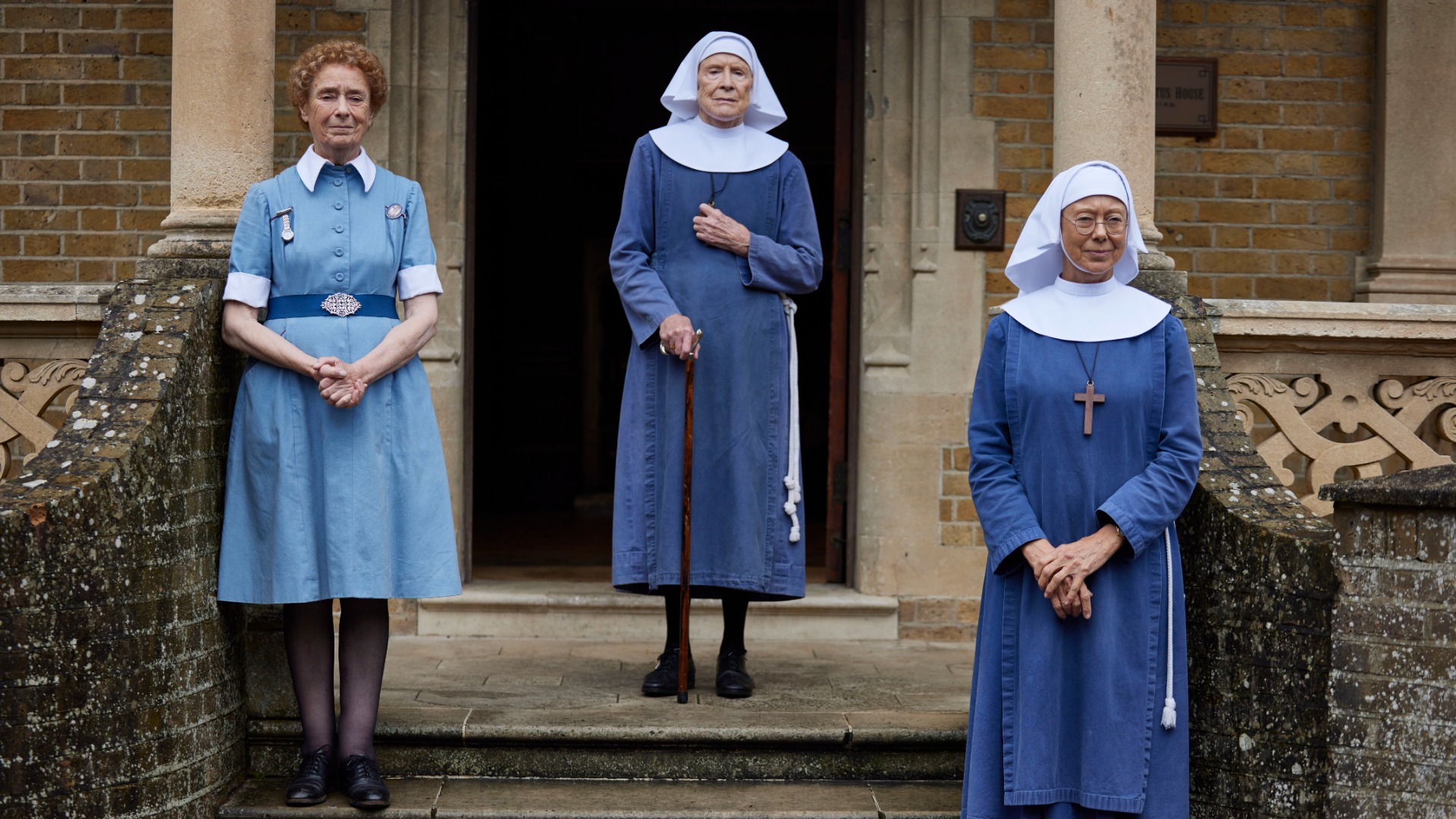 Call The Midwife prequel: When is it set and what is it about?
Call The Midwife prequel: When is it set and what is it about?A Call The Midwife prequel series is in the works, and this has to be be some of the best news we've heard all year
-
 Amal Clooney's simple wardrobe staples make pulling together elegant outfits so easy
Amal Clooney's simple wardrobe staples make pulling together elegant outfits so easyThese are the elevated basics everyone needs in their wardrobe